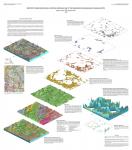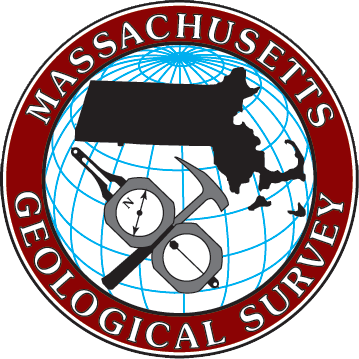| Title | Prototype three-dimensional surficial materials map of the Marlborough quadrangle, Massachusetts |
| Publication Type | Map |
| Authors | Nathan, SA, Mabee, SB |
| Series Title | Open-File Report |
| Date Published | 2006 |
| Massachusetts Geological Survey | |
| #MGSPubs, #SurficialMaps, 3D, Ashland, Berlin, glacial, Hopkinton, Hudson, Malborough, Northborough, Southborough, subsurface, surface, surficial, Westborough | |
This map integrates well-drilling data with surficial geologic mapping and bedrock geology to produce a true three-dimensional model of the subsurface conditions within the Marlborough quadrangle, Massachusetts. The first component of this model is a map depicting a three-dimensional block diagram of the stratigraphic units that overlie the bedrock surface. The map also presents three-dimensional depictions of the individual stratigraphic units, their aerial extent and volumes. In addition to the map, the supporting grid files, database and documentation for the three-dimensional model are provided. This three-dimensional model of the subsurface stratigraphy of the Marlborough quadrangle provides a tool to visualize and explore the relationships of the subsurface units to one another, to the underlying bedrock, and to the water bearing fractures within the bedrock. There are three immediate benefits of this three-dimensional model:
|




